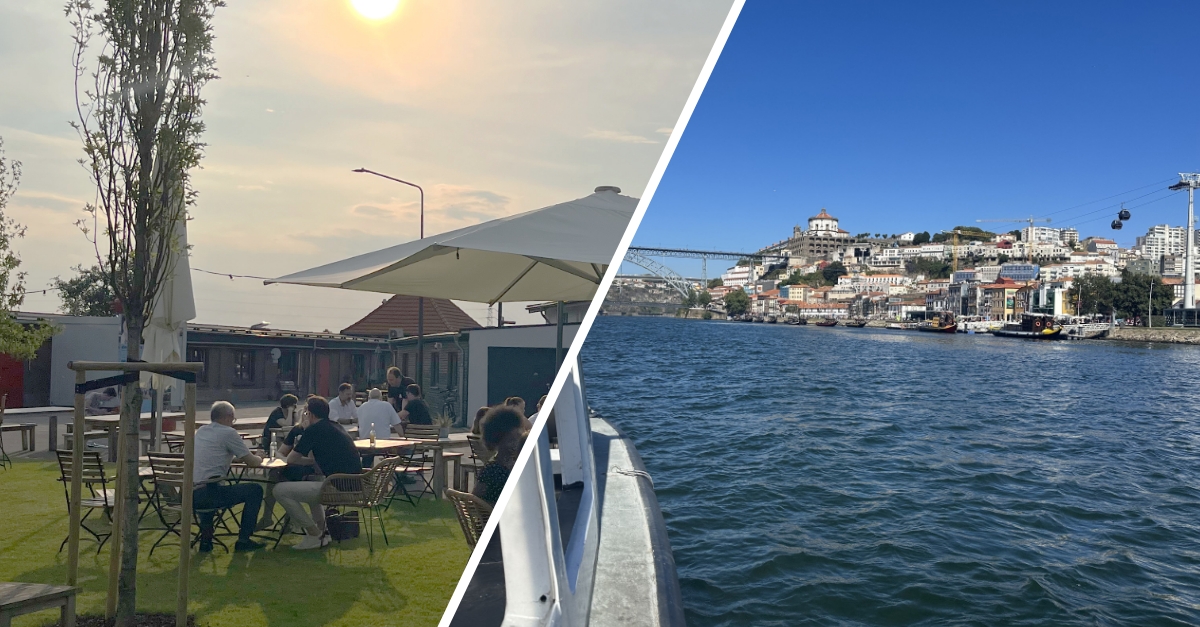Digitalisation, CO2 and sustainability – how do they go together? COCUS supports your company in the fulfilment of sustainability goals and government regulations. With excellent, use-case specific digitalization solutions, COCUS can efficiently analyze your carbon footprint, identify optimization potential and thereby sustainably reduce it.
Digitization: THE way to advance in numerous goals
Whether self-initiated, competition-driven or state-regulated – what exactly is to be achieved with digitization in companies or industries can definitely be very different and use case specific. Generally speaking, however, digitization measures improve three key aspects: efficiency, quality and sustainability of operations.
Particularly in the area of sustainability, digitalization and automation offer many opportunities for savings and optimization in favor of reducing the carbon footprint. Based on our experience, we can distinguish between three types of digitization projects and the associated sustainability benefits.
To show you the variety of approaches to sustainability through digitization, we’ll go into more detail about some of our projects in these three areas in this blog!
Sustainability through digitization - 3 starting points
1. The business framework: Data-based goals & decisions
Measuring and understanding data is the first important step in taking action to reduce the carbon footprint. Especially where relevant data is generated in several departments or locations of the company, and needs to be de- and centralized at different organizational levels, digital solutions can be a significant asset.
With the right digitization solution, a single, centralized solution can be created from multiple data sources in which business-relevant data becomes difficult to manage, must be adapted in multiple places, and must be kept up-to-date. Business Intelligence (BI) technologies such as Tableau enable data from a wide variety of sources to be brought together and presented as business-relevant up-to-date visualizations. Time-consuming and erroneous processes of manual data preparation can thus be optimized for the future.
Your company’s business data can also be bundled into data-based decision-making tools for sustainability aspects:
- On the one hand, data from areas that directly influence business-related CO2 emissions (for example, production and transport information) can be prepared in digital dashboards.
- On the other hand, indirect CO2 influences such as the electricity and water consumption of office buildings can also be included in the sustainability indicators that can be generated automatically, given the appropriate data basis.
Existing sustainability-related data can be automatically compared with specific CO2 benchmarks and evaluated accordingly. However, new information relating to the carbon footprint can also be generated from other available business data, if necessary. For this purpose, for example, reference values from renowned institutions can be automatically consulted and used in calculations. Read more
2. The business basis: sustainable & flexible technological equipment
Certain processes are still paper-based because standard solutions are not always sufficient? Customized solutions such as the development of a digital app could be the solution for this and save a lot of paper. Read more
If technologies are already in use but no longer offer the performance, flexibility or compatibility needed for business operations, upgrades are worthwhile – also in terms of sustainability. For example, modern digitizing can be tailored to the targeted average energy consumption and be more energy efficient in principle.
Hardware in particular can also be systemically reduced or upgraded in many areas to one that allows various software integrations. This makes individual parts easier to replace or upgrade in the long term.
3. The business core: optimize processes & workflows based on data
Finally, operations can also be optimized through digital solutions to operate more sustainably as a company on a far-reaching scale. Here, for example, automation in the area of Industry 4.0 is possible, which reduces the error rate in production and conserves resources. The freight utilization of transports can also be measured digitally and improved on the basis of data.
Optimal, data-based utilization can save trucks and driving distances and minimize the global carbon footprint. Different means of transportation can be easily compared in terms of sustainability metrics using BI dashboards, and outliers can also be more easily identified. In this context, for example, we optimized the carbon footprint of an FMCG company (S&P 400) through data-driven decisions along the global supply chain. Read more
Another possibility is a digital twin that mirrors the real world. This allows processes to be better understood and different options for CO2 savings to be tested digitally before implementation.
For example, we have developed a digital twin for the network infrastructure of a German mobile network operator that mirrors the physical world and automatically updates changes. Through digitization, the company aims to improve planning and reliability as well as operability for future network expansion. Read more
Another COCUS project in this area is the development of a 3D digital twin of a port site. This is used to optimize operations by visually “experiencing” the terrain, bottlenecks, availability, inventory and more. Read more



